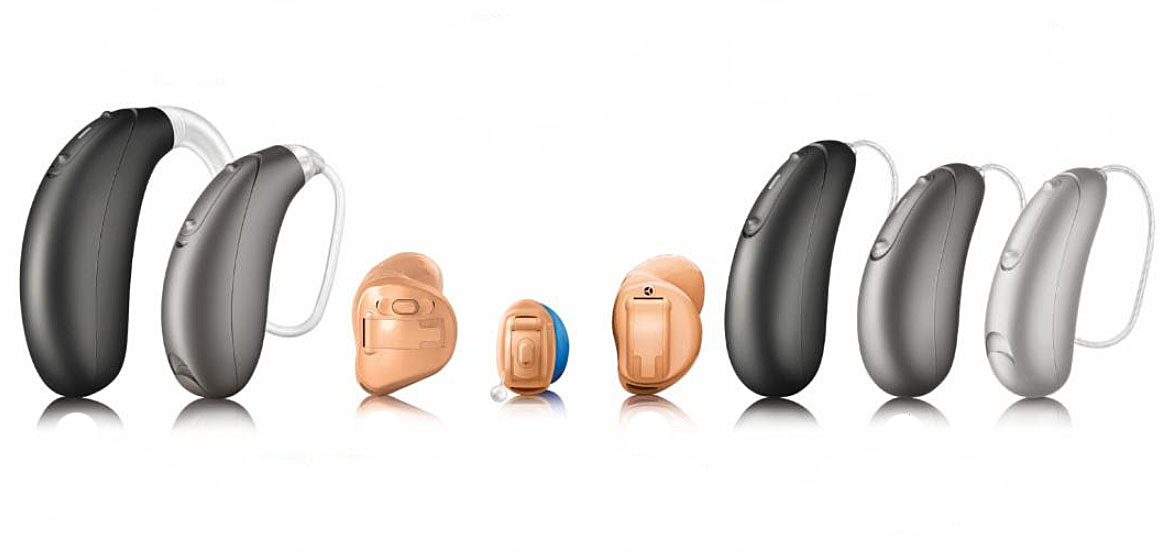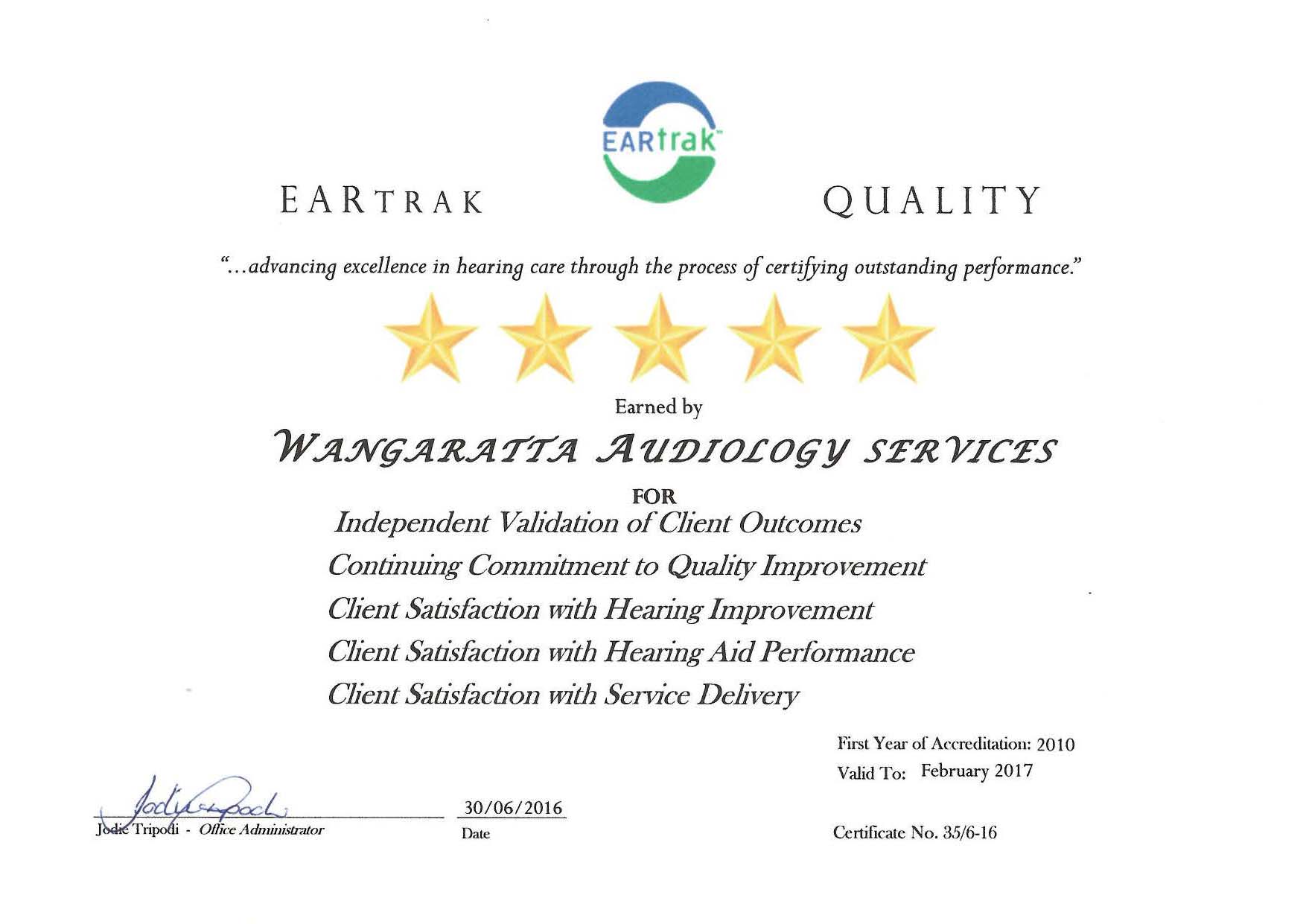Hearing aids & devices customised to your preferences and needs
Hearing Aids – Qualified Advice and Sales
What will your hearing aid look like?
Different levels of hearing aid technology are available in a variety of styles.
The style of the aid does not significantly affect the price of the hearing aids – that is determined by the level of technology.
We will make a suggestion about which style is most suitable for you depending on your hearing loss, dexterity and medical conditions of your ear (for example, excessive wax production or the presence of a discharging ear).
The level of technology depends on your listening needs and the activities in which you participate. The main styles of hearing aids are:
Connectivity devices
There have been some other advances in recent years, particularly involving the use of Bluetooth and FM technologies.
Using a connection device, which may be worn round the neck, hearing aids can pick up a Bluetooth signal from your mobile phone, remote microphone (to hear your conversation partner better in a noisy place), or from an adapter for the television, stereo or computer.
You will hear the message directly through your hearing aids.
The FM microphone can send the message from a remote microphone and can be used in a variety of ways.
Hearing Aid Selection
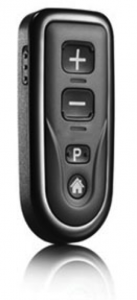
Some clients like to change the settings of their hearing aids with a Remote Control – especially those with dexterity problems.
A remediation program for hearing loss often includes the prescription of hearing aids, are usually the most effective rehabilitation option for people with hearing loss.
The selection of which aids are best for you can often be overwhelming and we offer guidance in this process
Modern hearing aids are digital and have additional features such as automatic/adaptive directional microphones, noise suppression, tinnitus masking and Bluetooth connectivity.
The cost of hearing aids varies considerably according to how advanced the technology is within the aids. The more advanced the technology, the more expensive the hearing aid. This provides for enhanced sound quality and better performance in background noise situations.
The level of technology which will provide the most benefit to you depends on many different things. It is our job to assess which hearing aid may be best for you. We consider information about your hearing loss and past history, dexterity, lifestyle, social needs and what you hope to achieve with the hearing aids.
We will often recommend one or two different hearing aids to you. The decision, however, is ultimately up to you.
Wangaratta Audiology is a private hearing clinic, and as such we are able to select your hearing aids from whichever manufacturer presents the best hearing solution for you.
Our clinicians do not receive incentives or bonuses based on the sales of hearing aids, ensuring that we will be making recommendations which are best for you.
Our clinicians are continually updating our information about the advances being made in hearing aid design, function and innovation from the major hearing instrument manufacturers.
At Wangaratta Audiology, we pride ourselves on accurately prescribing hearing aids. But don’t just take our word for it. We are independently assessed by quality assurance program EARtrak.
You will be asked to respond to this survey about six months after your hearing aid fitting. In this survey we are consistently given five star ratings from our clients for a range of aspects including hearing aid performance and service delivery.
Hearing Aid Service and Maintenance
Service and maintenance on hearing aids and associated parts are performed in-house whenever possible, with only major problems needing to be returned to the manufacturers.
You do not need an appointment to have the earmould tubing replaced, or the hearing aid given a general clean-up.
When needed, we will attempt to provide a loaner aid for you to use while your hearing aid is away.
If your hearing aid is not working properly, please bring it to the clinic so we can help you get the best out of it.
What is Flex:trial?
Flex:trial is the Unitron open platform technology demonstration hearing device that can be easily programmed to different levels.
How can it help me?
With Flex:trial you can take them home to try before making a decision.
How does it make decision-making easier?
Not only can you take them to trial in your own listening environment but you can do this again with a Flex:trial hearing aid set at a different technology level. You hear technology in action in your own listening environment and this makes it easier to see which hearing aid level is right for you.
Call Wangaratta Audiology today to arrange a trial in your own listening environment.
For An Appointment Or Enquiry
Types of Hearing Aids Available
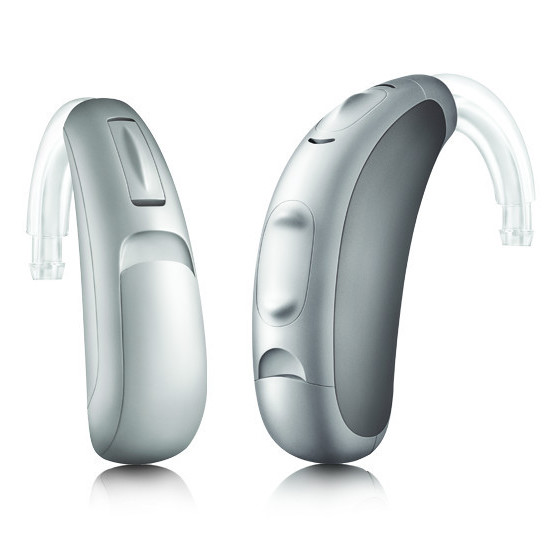
Behind The Ear Hearing Aids
Slim Tube or Receiver In the Canal (RIC). BTE’s come in a range of shapes and colours.
BTE’s can often be fitted the same day as your hearing assessment. Some do not occlude (or fill up) the ear canal, which can improve the sound of your own voice if your hearing loss is mostly in the high frequencies.
Generally, if a BTE hearing aid needs repair with the manufacturer, we may be able to provide you a loaner to use while yours is away.
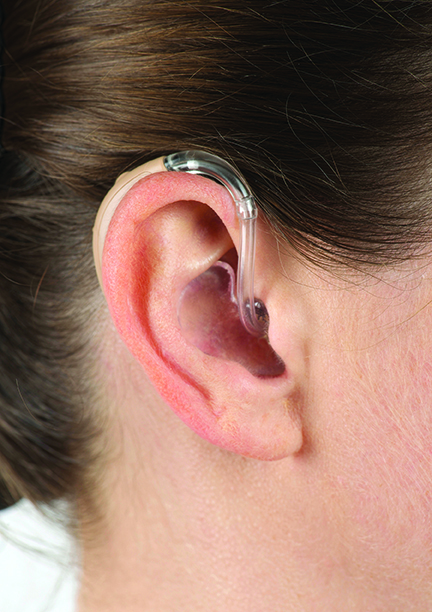
Behind The Ear Hearing Aids With Hook & Ear Mould
They generally fit easily behind the ear, even with glasses, and provide good amplification for people with a wide range of hearing loss.
The earmould is made from an impression of the client’s ear.
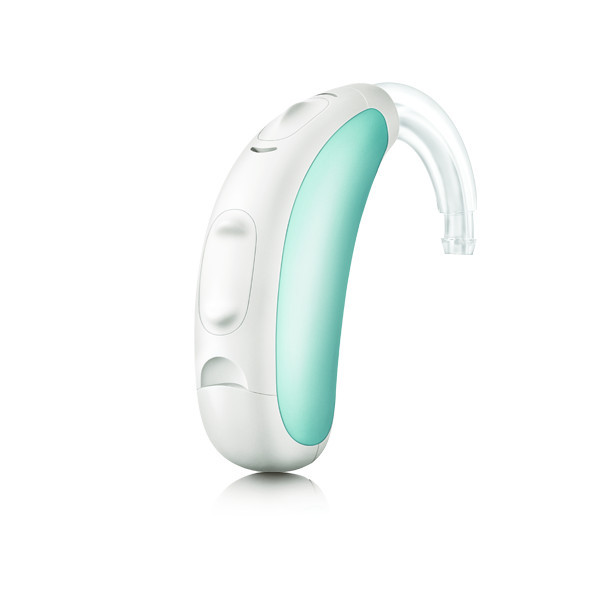
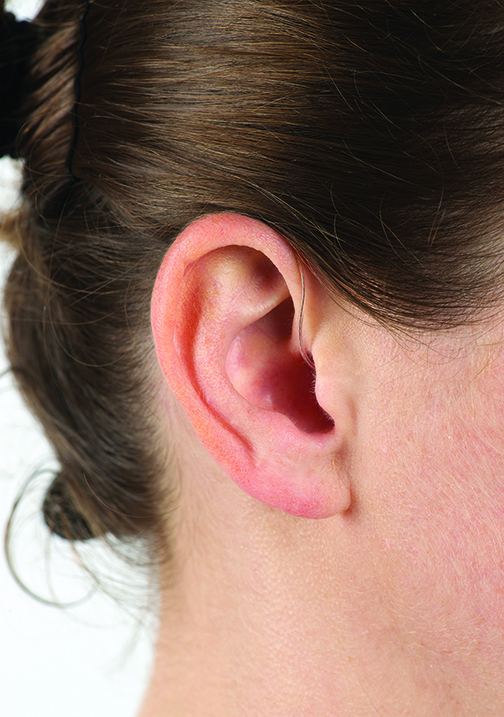
Slim Tube Behind The Ear Hearing Aids
This style is not suitable for all degrees of hearing loss.
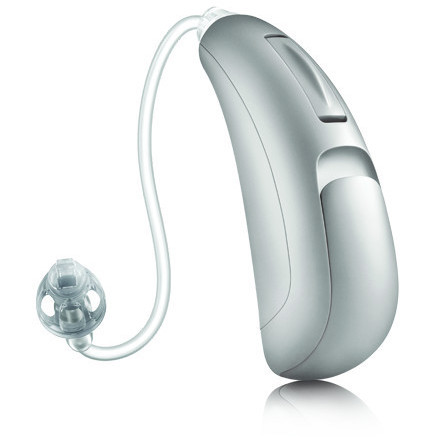

Receiver In The Canal Hearing Aids
This style is suitable for many degrees of hearing loss. However, RIC’s are not recommended for people with excessive wax or moisture in the canal which can block up the small receiver.
As sound cannot get out of the ear piece, reliability can be a big problem with this style of BTE.
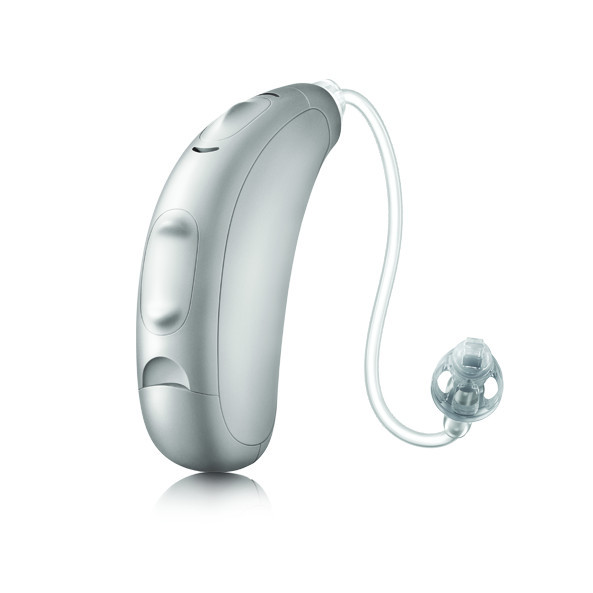
CROS, BiCROS hearing aids
This system sends the message wirelessly from the poor side to the other ear where it will be heard through a hearing instrument.
So, there is a pickup microphone located inside a hearing device on the poor ear which sends the message to the better ear.
This works either when the hearing in the good ear is normal (CROS), or when there is a hearing loss in the better ear (BiCROS).
This style of aid can provide really good quality sound and can be very useful even when the doctor has told you the “nothing can be done”.
Talk to us to find out more.
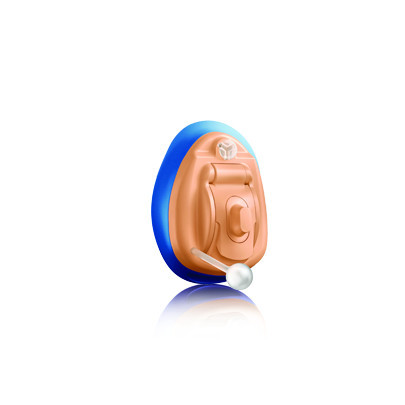
In The Ear Hearing Aids
However, like the RIC aids above, there can be reliability problems for people with excessive wax and/or moisture problems.
The parts of the hearing aid are assembled inside the shell (made from an impression of the client’s ear), so this is a completely customised product.
Unfortunately, if there is a service problem which requires the aid to be sent to the manufacturer, it is not easy to provide a loaner while your aid is away.
Also, some aids may not have all the features found in the BTE’s, in particular less expensive
ITE’s may not have directional microphones to assist in background noise situations.
These hearing aids can come in different sizes:
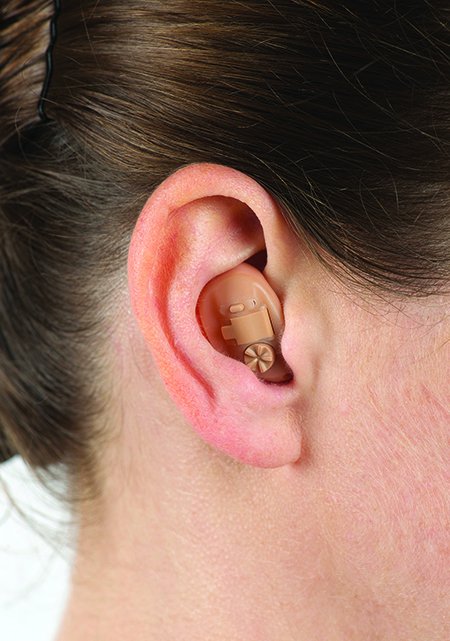
In The Ear Hearing Aids
Mild to severe hearing loss
All of its electronic components are contained within a plastic shell for ‘In The Ear Hearing Aid’, which is then moulded to fit your ear .
Although the model is placed in the ear canal, the faceplate will be visible in the concha of your ear.
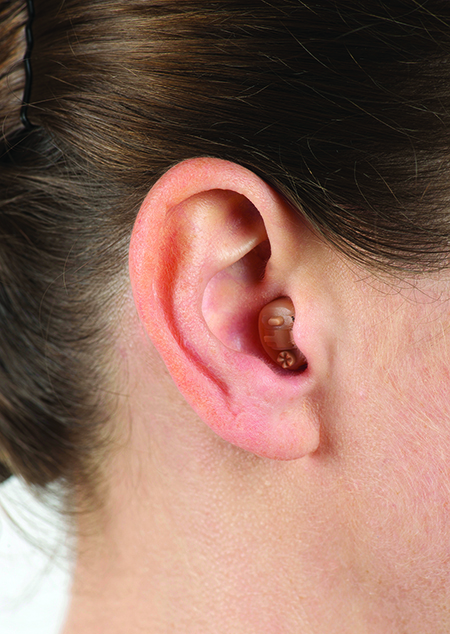
In The Canal Hearing Aids
The tiny one piece hearing aid fits inside the canal, only half of the device is visible.
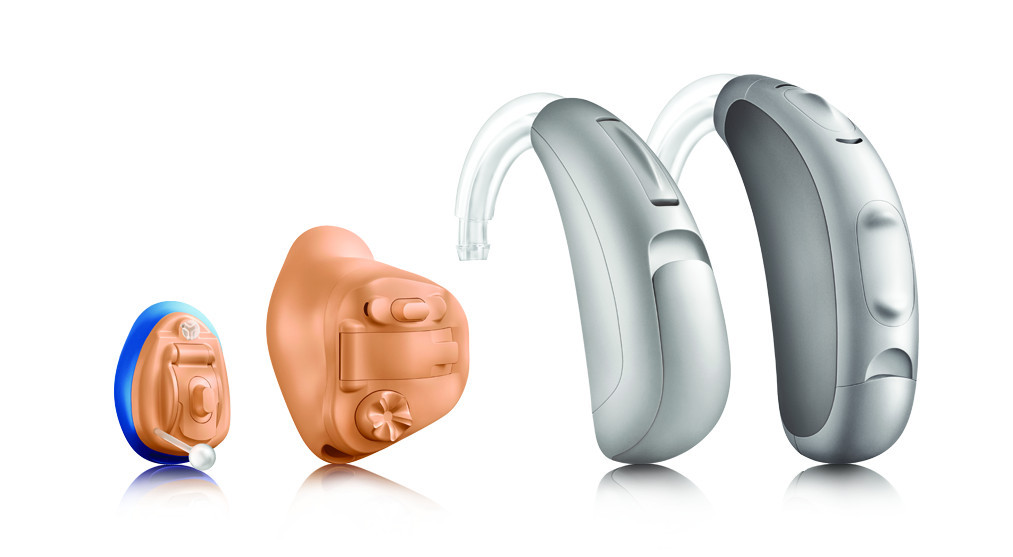
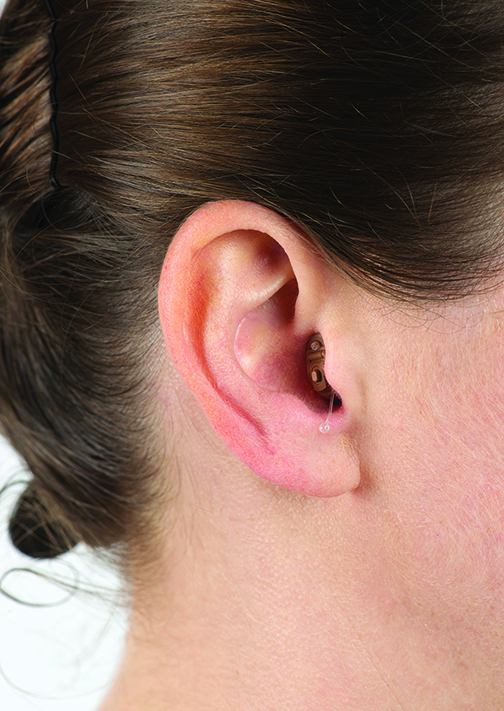
Completely In Canal Hearing Aids
Mild to moderate hearing loss
The hearing aid is placed deeply in the ear canal, making it almost invisible.
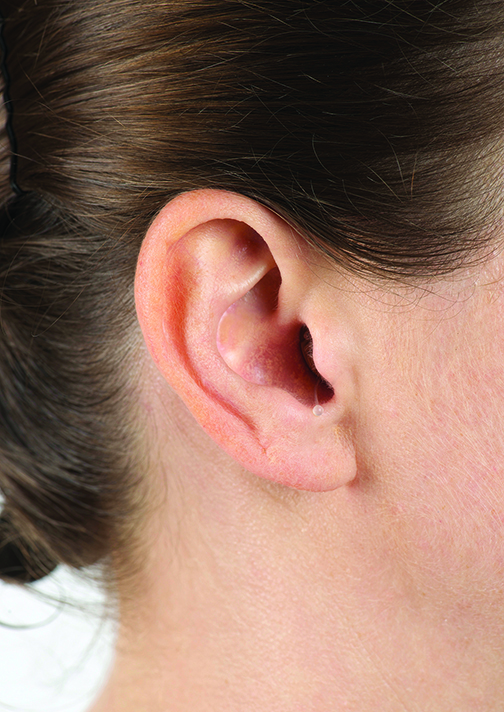
Invisible In Canal Hearing Aids
Mild to moderate hearing loss
The Invisible In Canal Hearing Aids is tiny enough to be placed deep inside the ear canal, making it practically invisible.

Power Hearing Aids
For profound hearing loss.
Power Hearing Aids are a large case which sits behind the wearers ear.
